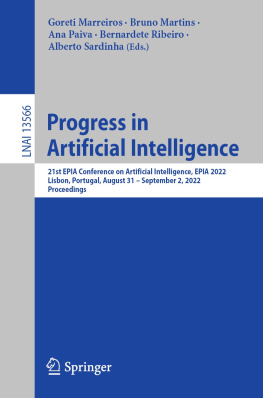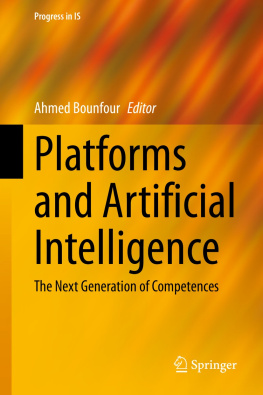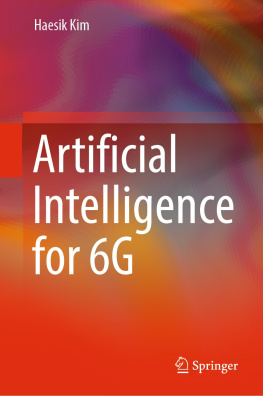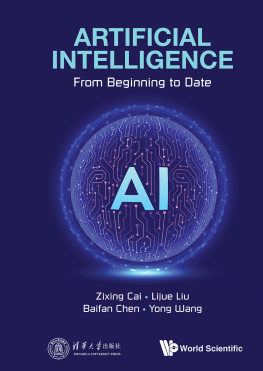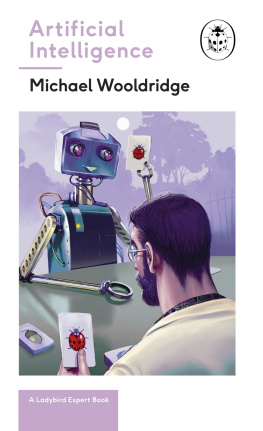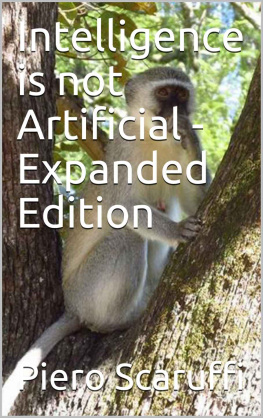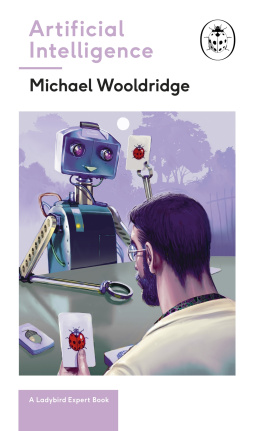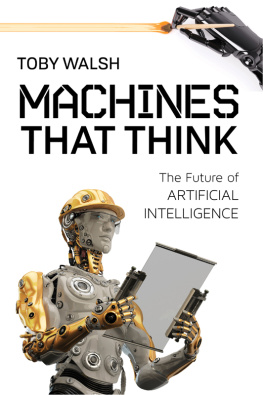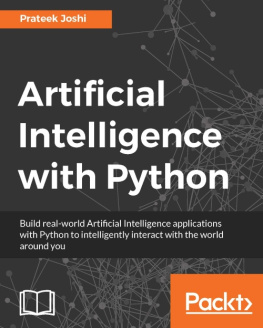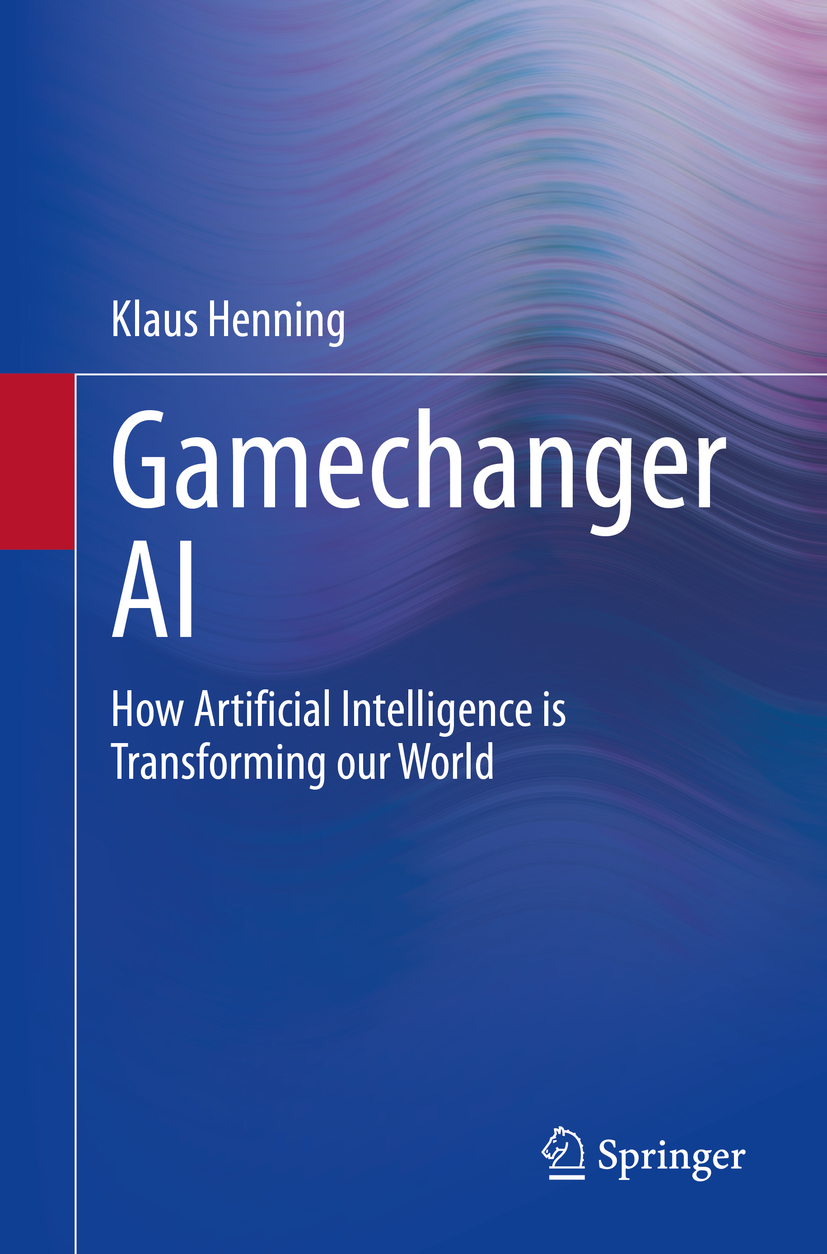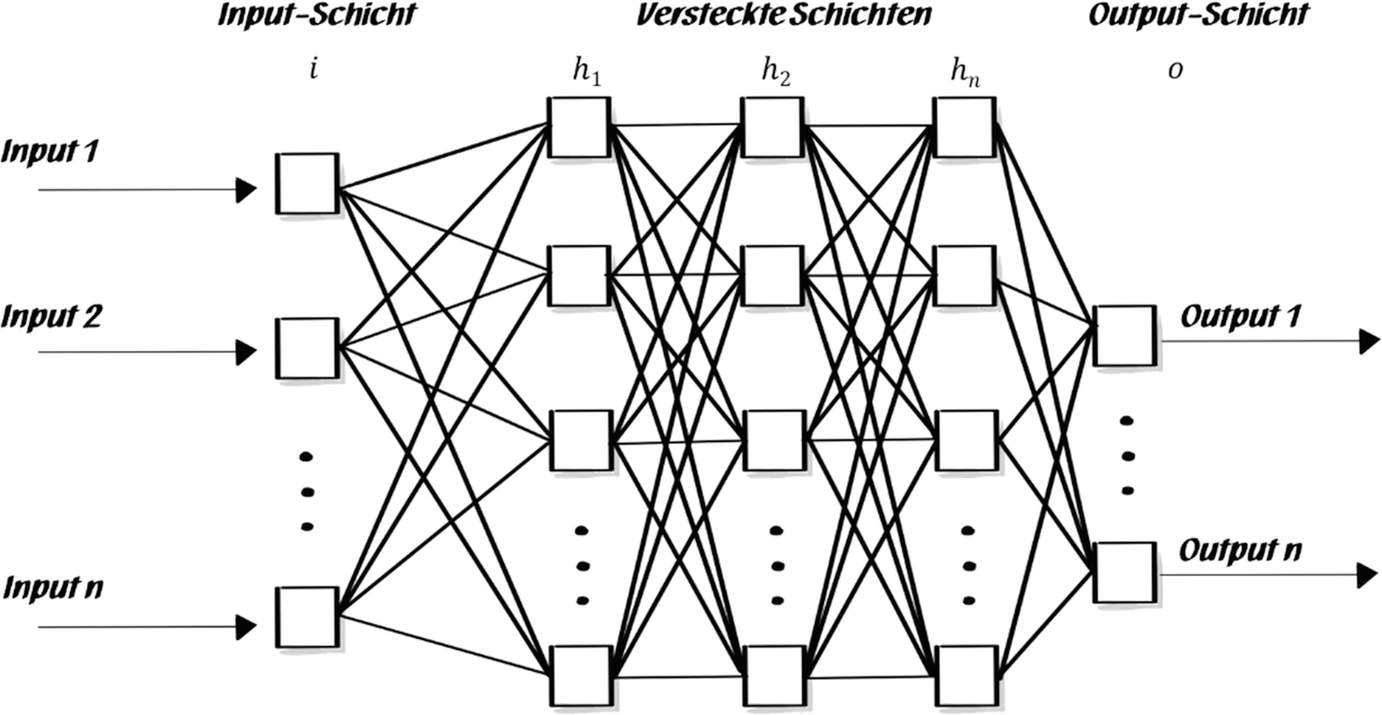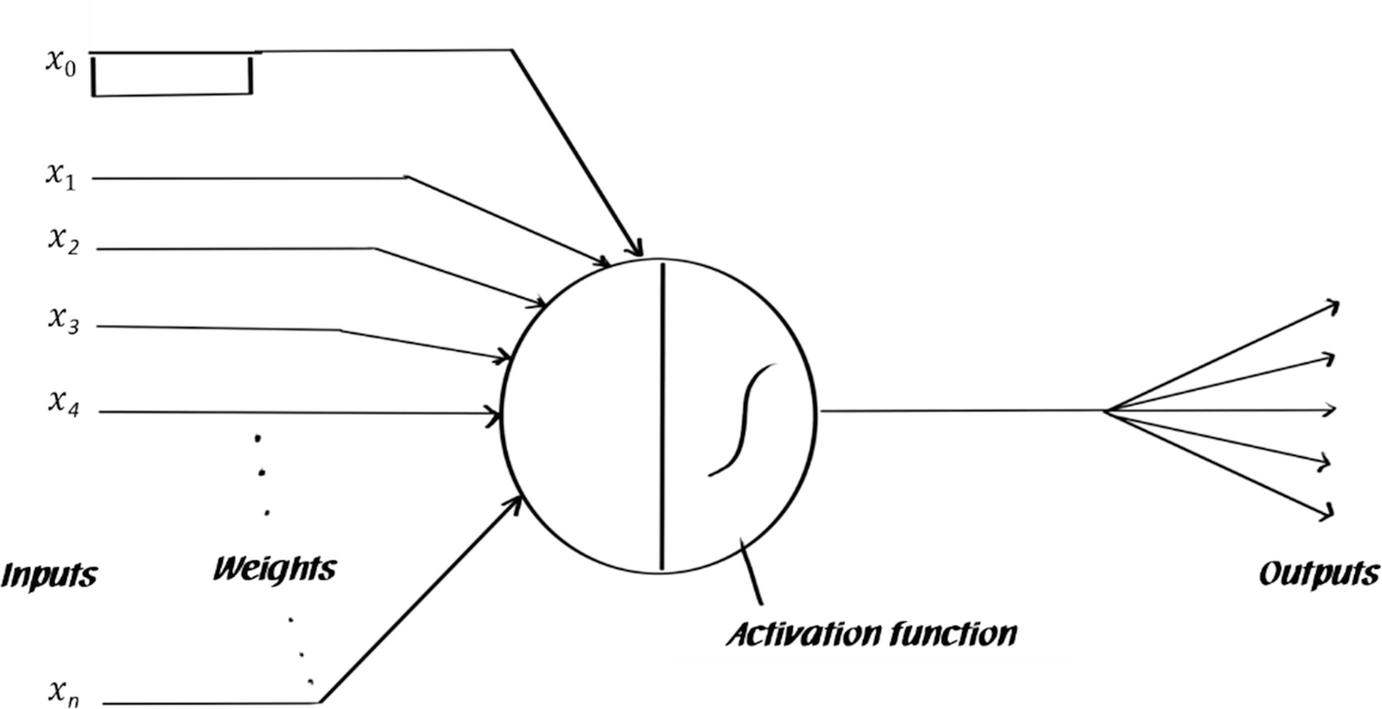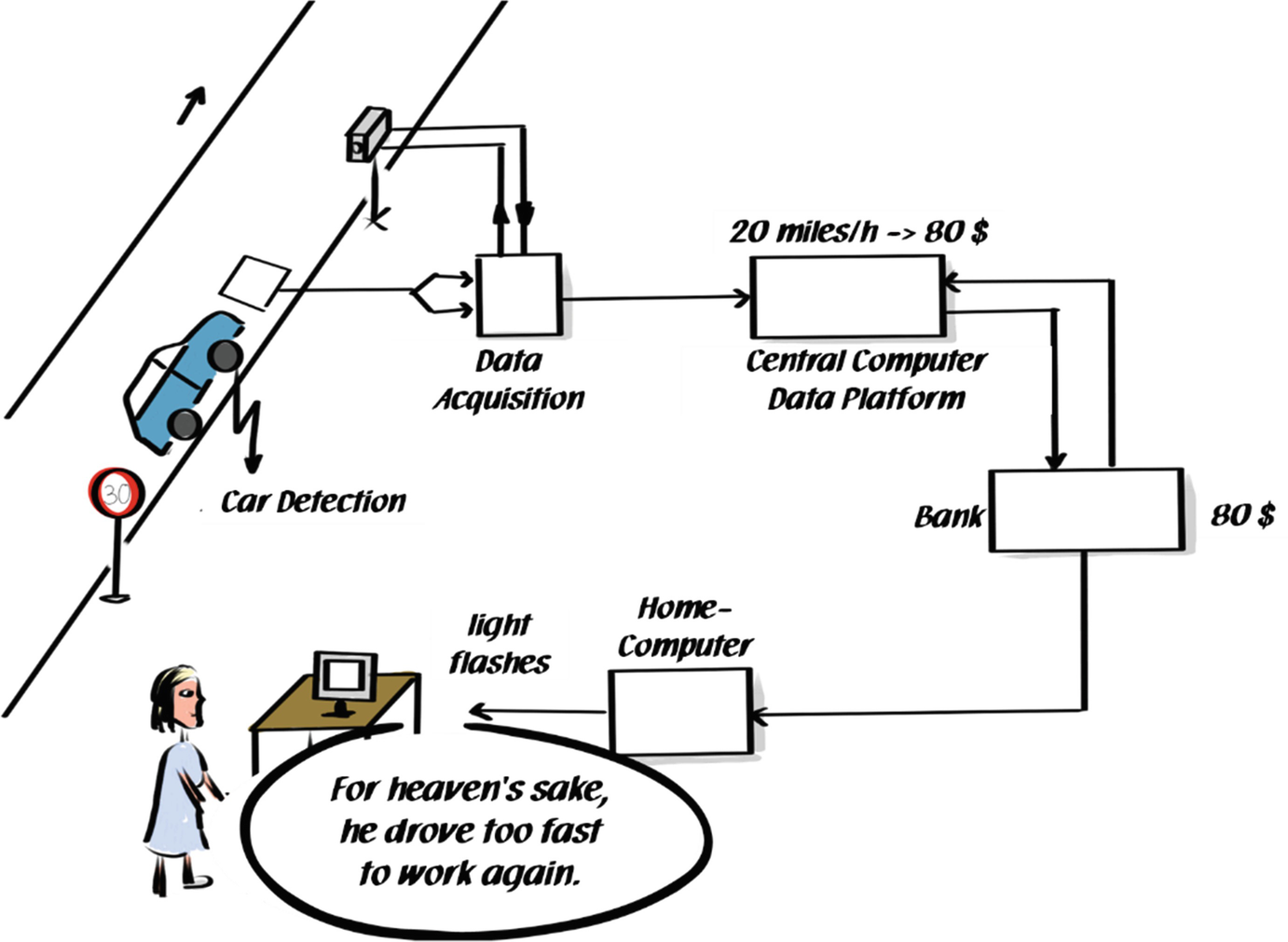Klaus Henning - Gamechanger AI: How Artificial Intelligence is Transforming our World
Here you can read online Klaus Henning - Gamechanger AI: How Artificial Intelligence is Transforming our World full text of the book (entire story) in english for free. Download pdf and epub, get meaning, cover and reviews about this ebook. year: 2020, publisher: Springer, genre: Romance novel. Description of the work, (preface) as well as reviews are available. Best literature library LitArk.com created for fans of good reading and offers a wide selection of genres:
Romance novel
Science fiction
Adventure
Detective
Science
History
Home and family
Prose
Art
Politics
Computer
Non-fiction
Religion
Business
Children
Humor
Choose a favorite category and find really read worthwhile books. Enjoy immersion in the world of imagination, feel the emotions of the characters or learn something new for yourself, make an fascinating discovery.
- Book:Gamechanger AI: How Artificial Intelligence is Transforming our World
- Author:
- Publisher:Springer
- Genre:
- Year:2020
- Rating:4 / 5
- Favourites:Add to favourites
- Your mark:
Gamechanger AI: How Artificial Intelligence is Transforming our World: summary, description and annotation
We offer to read an annotation, description, summary or preface (depends on what the author of the book "Gamechanger AI: How Artificial Intelligence is Transforming our World" wrote himself). If you haven't found the necessary information about the book — write in the comments, we will try to find it.
Artificial intelligence changes everything.
This book encourages readers to consider the challenges of the digital transformation driven by Artificial Intelligence. The reader will discover why this transformation is to be regarded as the greatest cultural revolution since the invention of mass printing and how it can be shaped positively in a value-oriented way.
The author pursues the thesis that intelligent objects on the internet, as well as physical objects, are attaining their own consciousness. Using many examples, he shows how these digital companions become our digital partners.
This non-fiction book provides many suggestions for ones own living and working environment and is full of examples of how artificial intelligence systems can be implemented. The reader learns what is already possible today and what can be expected in the next ten to twenty years.
The book is of interest to anyone interested in AI and the digital transformation - from those responsible in companies, public institutions, and in politics, to all teachers and parents who want to understand what the next generation can expect.
Klaus Henning: author's other books
Who wrote Gamechanger AI: How Artificial Intelligence is Transforming our World? Find out the surname, the name of the author of the book and a list of all author's works by series.



